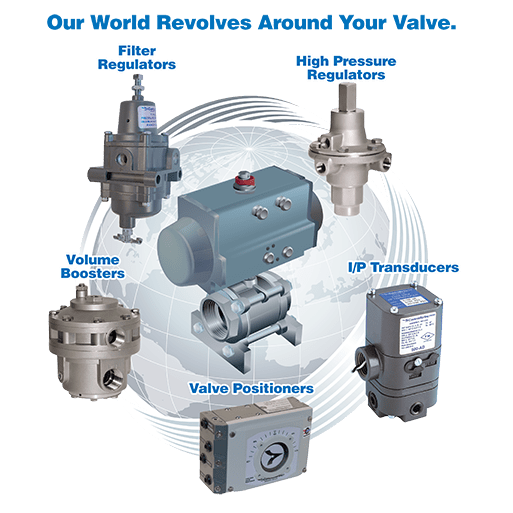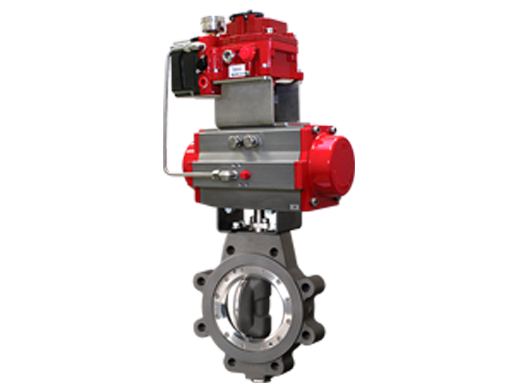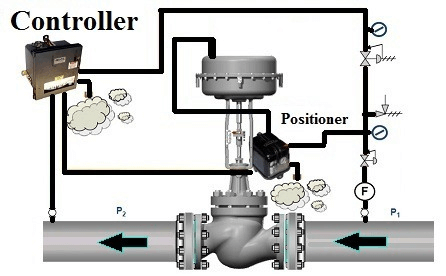Critical Factors to Consider When Selecting Control Valves
Critical Factors to Consider When Selecting Control Valves
Blog Article

Maximize Energy Financial Savings and Convenience With Advanced Structure Automation Controls
In the realm of contemporary architecture and center management, the combination of advanced structure automation regulates stands as a critical development. The merging of innovation and sustainability has actually birthed a new age where power performance, convenience optimization, and operational streamlining are no longer achievable realities yet distant goals. By using the power of automation, structures can adapt, react, and develop in manner ins which were when unthinkable. The capacity for considerable energy financial savings and improved comfort is not just a possibility yet an assurance waiting to be fulfilled. This standard shift in building management holds the vital to opening a world where ecological conscientiousness and passenger health sympathetically coexist within the walls of our structures.
Energy Effectiveness Perks
Power efficiency advantages can dramatically decrease power usage and functional expenses in structures. By applying energy-efficient practices and technologies, building owners and drivers can accomplish considerable cost savings while also adding to ecological sustainability. Among the key advantages of improving power performance in structures is the reduction of energy bills. Energy-efficient systems, such as advanced building automation controls, can enhance the usage of resources like heating, air conditioning, and lighting, causing lower energy expenditures in time.
Moreover, improved power effectiveness can extend the life-span of building equipment and systems. By operating extra effectively, a/c systems, lighting fixture, and other building parts experience less wear and tear, leading to minimized upkeep and replacement costs. Furthermore, energy-efficient structures often regulate higher building values and rental prices, providing long-term financial advantages to owners.
Moreover, energy efficiency can improve owner comfort and productivity. Effectively regulated interior settings with optimal lights and thermal problems develop an even more pleasurable and conducive work space, resulting in boosted employee fulfillment and performance. On the whole, the power effectiveness advantages related to sophisticated structure automation controls are complex, including expense savings, environmental stewardship, and passenger health.
Improved Comfort Control
Enhancing comfort control in structure atmospheres requires an innovative combination of advanced automation systems for optimum occupant wellness. By utilizing sophisticated building automation controls, centers can tailor the indoor environment to satisfy the certain requirements and preferences of owners. control valves.
Enhanced comfort control goes past fundamental temperature level changes. It consists of attributes such as personalized setups, tenancy sensors, and natural light use to develop a dynamic and receptive setting. By including these innovative controls, buildings can not only improve comfort but likewise boost energy performance by maximizing system operations based on real tenancy and use patterns. Inevitably, focusing on resident comfort via advanced automation systems brings about a much more delightful and much healthier indoor atmosphere.
Operational Efficiency Improvements

Furthermore, the application of real-time surveillance and analytics devices makes it possible for structure drivers to identify energy inadequacies and functional anomalies promptly. By continuously keeping track of power usage patterns and system performance metrics, adjustments can be made in real-time to maximize energy intake and make certain peak operational efficiency. control valves. Furthermore, including need you could try here action techniques into building automation controls can additionally boost operational effectiveness by dynamically adjusting power usage based on grid problems and prices signals
Indoor Environment Optimization
Efficient interior climate optimization is a basic facet of structure automation controls, ensuring occupants' comfort and health while making the most of power savings. By making use of sophisticated sensors and controls, constructing automation systems can continuously adjust and check temperature level, moisture levels, air top quality, and air flow to produce an optimum indoor environment. Preserving comfy and constant problems not only enhances occupant contentment but additionally increases performance and total health.
Interior environment optimization also plays a critical duty in energy effectiveness. By fine-tuning cooling, ventilation, and home heating systems based on real-time information and tenancy patterns, building automation controls can considerably reduce energy usage - control valves. For example, carrying out methods such as demand-controlled air flow and thermal zoning can aid minimize energy waste while guaranteeing that each location of the structure obtains the required conditioning.

Sustainable Atmosphere Creation
Building automation regulates not only optimize interior climate conditions for energy efficiency and occupant convenience yet also lay the foundation for producing a sustainable environment via strategic monitoring of systems and resources. By incorporating sophisticated building automation technologies, such as sensors, actuators, and smart software application, centers can adjust and check energy use in real-time to minimize waste and decrease their carbon impact. These systems make it possible for predictive maintenance, determining prospective issues before they intensify and maximizing tools performance to enhance long life and efficiency.
Additionally, sustainable environment development extends past power administration to incorporate water preservation, waste decrease, and interior air quality renovation. Structure automation controls can manage water use, discover leakages, and make sure proper waste disposal practices, adding to general sustainability efforts. Furthermore, by monitoring and controlling ventilation and filtration systems, these technologies improve resident wellness and performance while lowering energy intake related to HVAC procedures.
Verdict
Finally, progressed building automation regulates offer significant benefits in terms of power financial savings, convenience control, operational effectiveness, interior environment optimization, and producing a sustainable atmosphere. By implementing these controls, buildings can achieve ideal efficiency while decreasing power usage and improving resident convenience. It appears that using sophisticated automation modern technology is important in enhancing structure performance and creating a much more lasting future.
Power performance benefits can dramatically lower energy consumption and functional prices in structures. Overall, the energy performance benefits associated with advanced structure automation controls are complex, incorporating price financial savings, environmental stewardship, and resident well-being.
In addition, including demand action approaches right into structure automation controls can additionally boost operational performance by dynamically changing energy usage based on grid conditions and rates signals.
Structure automation regulates not just optimize indoor environment conditions for power discover here performance and passenger comfort however likewise lay the foundation for producing a sustainable environment via calculated administration of systems and sources.In verdict, progressed structure automation manages offer significant advantages in terms of energy savings, convenience control, functional efficiency, interior climate optimization, and developing a sustainable environment.
Report this page